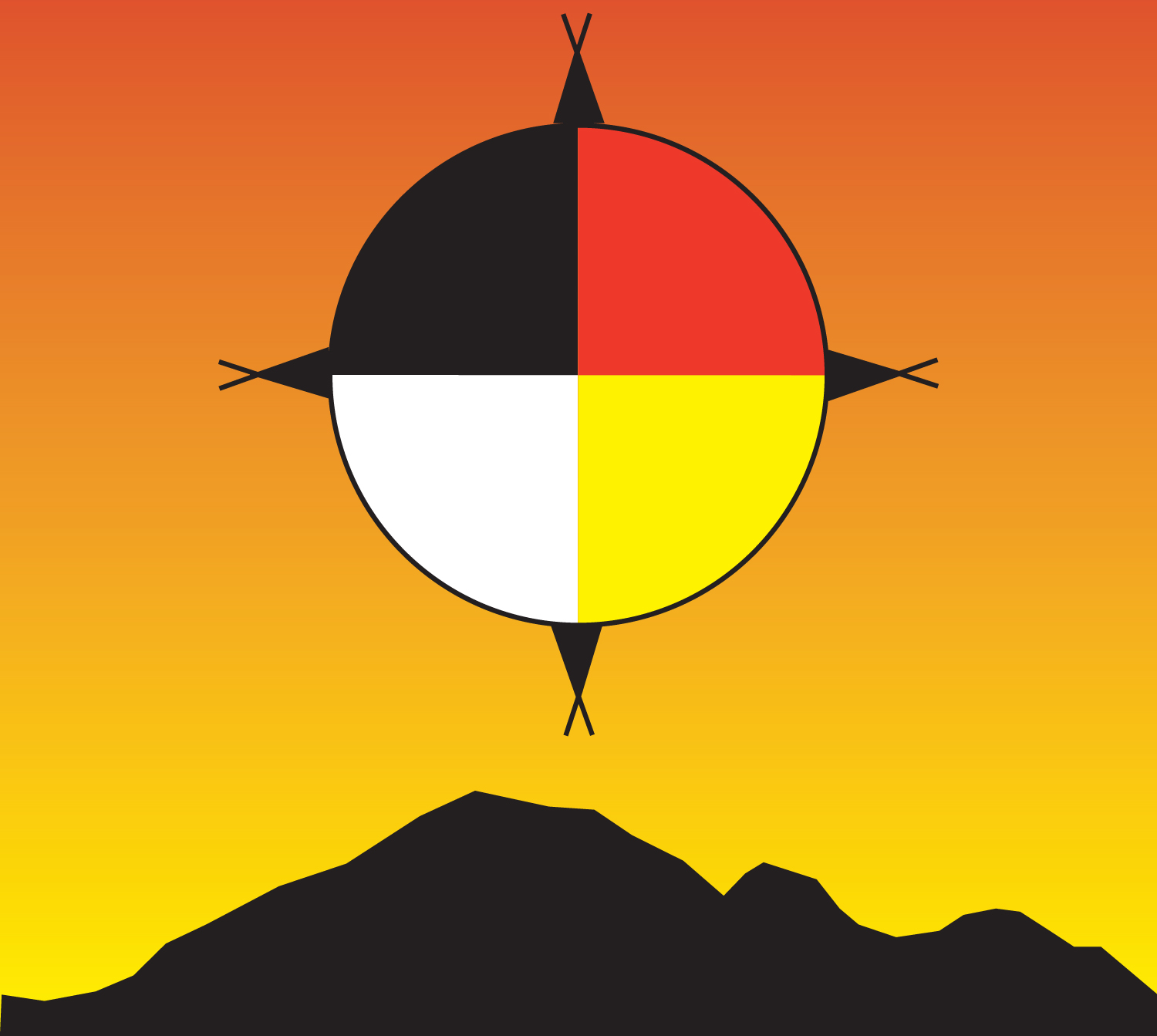Indianz.Com > News > Clara Caufield: Masking up to protect our people from COVID-19
Face masks and other COVID precautions in Crow/Cheyenne Country
Tuesday, November 24, 2020
The COVID cases and related deaths in Montana and Wyoming continue to rise, the tribal people on reservations seemingly among the hardest hit.
While it has slowed down in Rosebud County, northern half of the Northern Cheyenne Reservation, Big Horn County consisting of the Crow reservation and half of Northern Cheyenne continues to report dozens of new cases each day and both Reservations are daily losing loved ones to the virus, especially the elders.
Though many of the deceased had other health problems, were it not for the COVID most of them could probably have lived for many more years. One friend put it this way: “We are losing whole books from our library of oral tradition.”
According to the Governor’s daily report, other Montana Reservations show no sign of relief: Fort Peck, Blackfeet, Flathead, etc. daily experience alarming numbers of new cases. At Wind River, the sole Wyoming Reservation, the virus is running rampant. Even the Arapaho Chairman has it.
Just as it is off the reservation, there are people who resist some of the recommended precautions especially wearing masks and avoiding small social gatherings. Difference being, most of the Indians who resist masks probably aren’t Donald Trump fans.
We are a very social close-knit people. Finding comfort in the company of family and friends during times of stress and grief is a more normal thing for us than many Americans who, in my opinion, have already been socially isolated before the current pandemic.
There is a very intricately connected community on reservations, yet on many such as Northern Cheyenne, for example, people are adapting, the required masking now commonly followed there. That could be a primary reason that the number of new cases back home are declining.
Avoiding small social gatherings is more difficult. Health officials recommend that no more than 10 gather at a time. Heck, more people than that often live in one household on the reservation due to housing shortages.
And funerals? These rituals of closure are so important to our people; gathering for wakes, services and internment followed by a community meal are ways for our community to support one another, especially during times of grief.
It may be impossible to escape an Indian funeral without a close hug. Unfortunately, these traditional types of funeral gatherings are suspected of spreading the virus, it now recommended by funeral homes and tribal officials to only have graveside services for immediate family.
Speaking of hugging, a cousin of mine who is being very diligent about safety measures reports several “serial” huggers on the reservation, hard to avoid. Contrary to the stereotype of being stoical creatures, Indians are great huggers, especially during grief and when you haven’t seen someone for a long time. If not a hug, a hearty handshake is a sign of respect, but it turns out, that too can be dangerous.
What is a more intimate small gathering than a sweat? They are social in some ways, but primarily a tool for healing and prayer.
NATIVE SUN NEWS TODAY
Support Native media!
Read the rest of the story on Native Sun News Today: Face masks and other COVID precautions in Crow/Cheyenne Country
Clara Caufield can be reached at acheyennevoice@gmail.com
Note: Copyright permission Native Sun News Today

Search
Filed Under
Tags
More Headlines
Native America Calling: A unique festival celebrates Indigenous literature and arts
Native America Calling: Treaties more than a century old provide both guidance and constraints
Native America Calling: Language revitalization: apps, games, and classroom lessons help keep Native languages vital
House Subcommittee on Oversight and Investigations holds hearing on cartels in Indian Country
Native America Calling: Tribal broadcasters scramble; Native higher ed leaders fight to keep funding
‘We’re frustrated’: Lawmakers press Indian affairs nominee on key issues
Cronkite News: Fires cause problems for Grand Canyon’s tourist economy
Press Release: Oklahoma City Indian Clinic receives health awards
AUDIO: Confirmation hearing for William “Billy” Kirkland to be Assistant Secretary for Indian Affairs
VIDEO: Confirmation hearing for William “Billy” Kirkland to be Assistant Secretary for Indian Affairs
NAFOA: 5 Things You Need to Know this Week (July 21, 2025)
Press Release: National Congress of American Indians continues to oppose racist imagery in sports
Chuck Hoskin: Cherokee Nation prepares for the future of public safety
Native America Calling: Tribes confront resource-intensive drive of Artificial Intelligence
Statement: Corporation for Public Broadcasting on elimination of federal funding
More Headlines
Native America Calling: Treaties more than a century old provide both guidance and constraints
Native America Calling: Language revitalization: apps, games, and classroom lessons help keep Native languages vital
House Subcommittee on Oversight and Investigations holds hearing on cartels in Indian Country
Native America Calling: Tribal broadcasters scramble; Native higher ed leaders fight to keep funding
‘We’re frustrated’: Lawmakers press Indian affairs nominee on key issues
Cronkite News: Fires cause problems for Grand Canyon’s tourist economy
Press Release: Oklahoma City Indian Clinic receives health awards
AUDIO: Confirmation hearing for William “Billy” Kirkland to be Assistant Secretary for Indian Affairs
VIDEO: Confirmation hearing for William “Billy” Kirkland to be Assistant Secretary for Indian Affairs
NAFOA: 5 Things You Need to Know this Week (July 21, 2025)
Press Release: National Congress of American Indians continues to oppose racist imagery in sports
Chuck Hoskin: Cherokee Nation prepares for the future of public safety
Native America Calling: Tribes confront resource-intensive drive of Artificial Intelligence
Statement: Corporation for Public Broadcasting on elimination of federal funding
More Headlines
